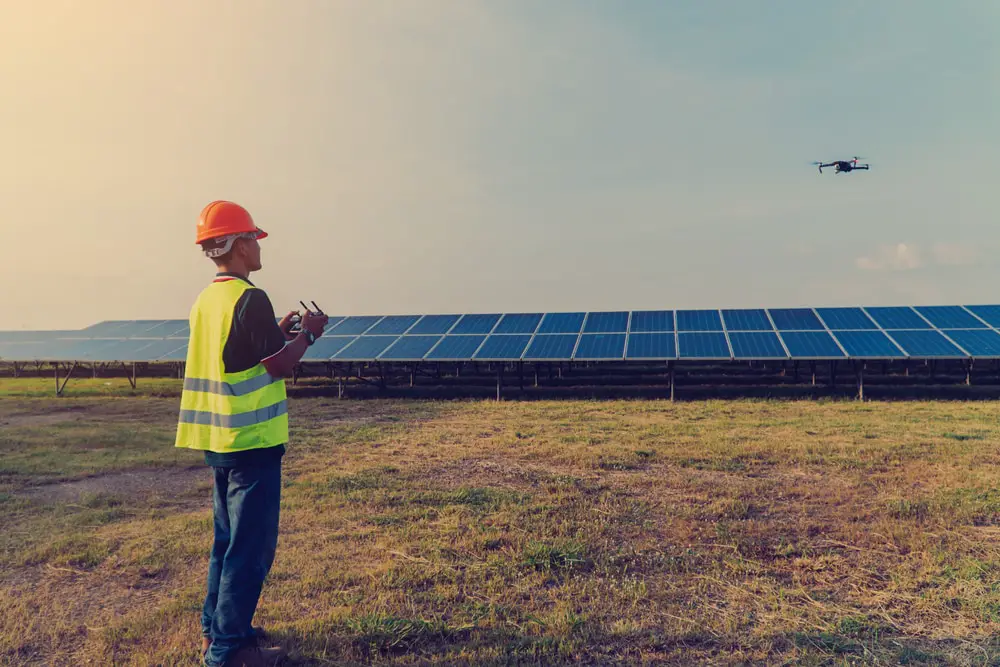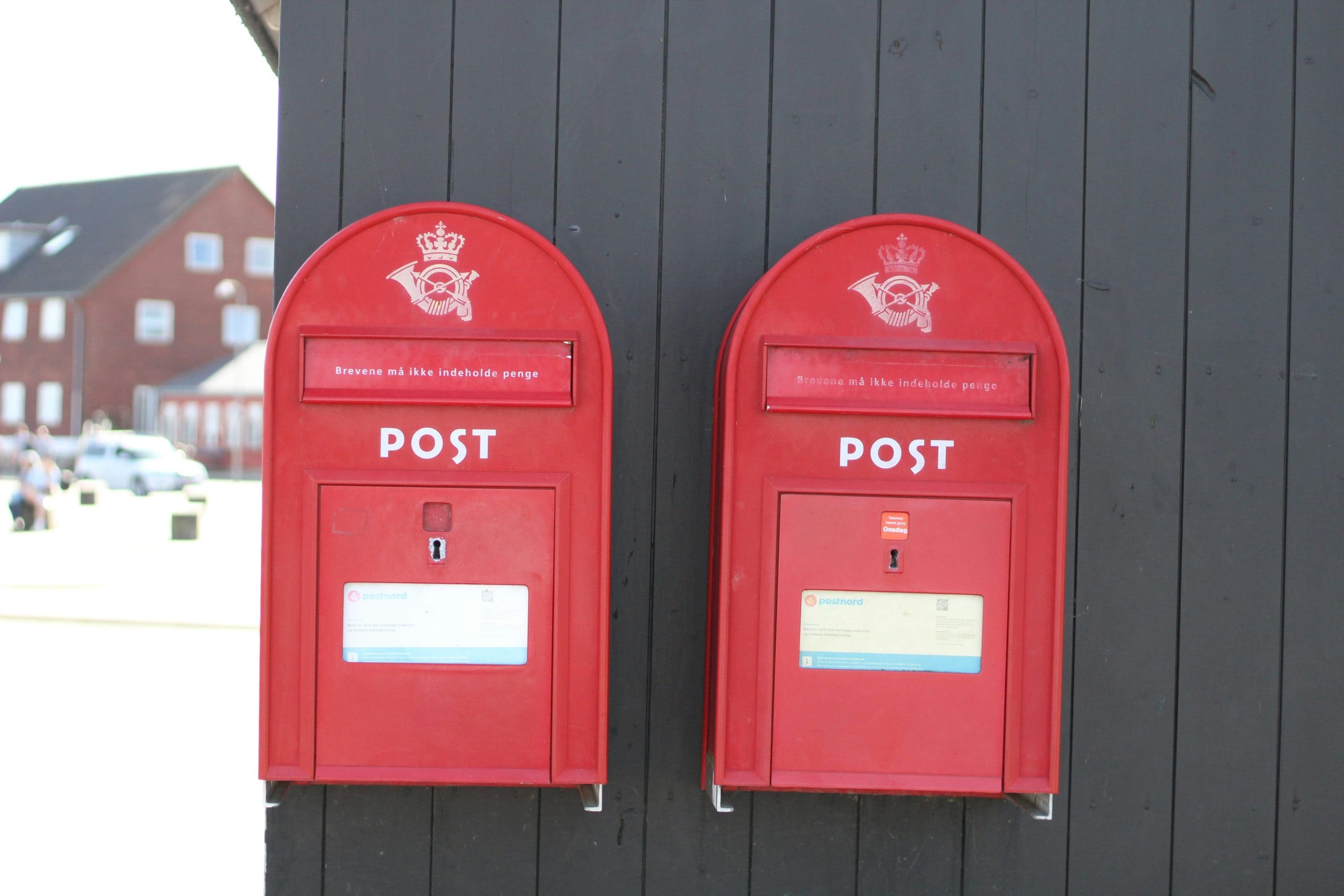
Note: This is a guest post written by Dan Martin
Undeniably, aerial inspections deem more effective than manual ones — mainly if you aim to collect site data accurately.
Every industry needs to follow maintenance protocols for their workplaces. A drone inspection consists of using a drone to inspect assets and sites to look for any forthcoming maintenance issues a property or plant may need.
Drone services are a vital tool for companies looking for visual assistance in unreachable areas, such as underground pipelines or highrise roofs. A drone aids inspectors as an extra set of eyes, helping them look at places they would have otherwise missed out on. Drones can fly over, around, and under assets to provide visuals for potential maintenance issues.
Does Your Company Need Drone Services?
Drone inspections not only offer visual aid but can also carry out various inspections. If your company needs to assess heating problems, measure temperatures, look out for liquid and gas leaks or check for heat discrepancies — then yes, a drone inspection can help.
With the business world transforming daily, drone inspection services have also become part of this innovative evolution. Drone inspection services use commercial drones to survey assets and inspect various problem areas that fall under the maintenance protocol criteria.
Inspection areas can be complex, such as structures, vessels, tanks, and pipelines. Unlike traditional inspection methods, drone inspections are much faster, more accurate and more effective. Moreover, they are also much safer and less risky.
Drone inspection services cover a vast array of companies, such as energy, oil & gas and resources sectors. Read ahead to know the advantages of lidar drones in detail.
5 Benefits of Drones in Inspections
Drone inspection holds the upper hand over manual inspection techniques, and here’s how.
Cost Effective
One of the reasons for the increasing popularity of aerial inspections is that they lower inspection costs. Companies that want their infrastructures inspected are turning towards modern services for economic reasons. With drone inspections, you can reduce the number of pieces of equipment, human resources and prep time.
Traditionally, manual inspectors must assemble and disassemble scaffolding, prepare harnesses, and ensure the purity of the area’s air. On the other hand, with lidar drones, aerial imaging is much more efficient as the preparation time is relatively decreased — meaning not only do you save money directly, but you can also redirect it and use it for other resources.
Moreover, it eliminates liability insurance costs related to physical damages that manual inspectors may face during risky inspections.
Improved Aerial Imaging and Data
Aerial drones offer broader coverage as they take measurements, thermal images or videos. However, they make it possible to cover hard-to-capture areas and angles, which would be impossible during manual inspections.
Additionally, you can easily capture before and after images with lidar drones, as they can take multiple shots of areas over time. This makes it easier to make before and after comparisons. Moreover, to determine the accuracy of the damage and conditions of the asset infrastructure, engineers use aerial imagining. Once assessed, they work on a plan to make progress and start with maintenance.
Modern drones have sensors that can detect leaking gas or imaging with infrared technology. Such integrations help bring more detailed and diverse parameters to attention. This makes the data collection process more time efficient and accurate. However, with technological advances such as mobile data, Wi-Fi, Bluetooth, and others, the data can also be transmitted in real-time to parties in interest.
Time Efficient
Unlike traditional methods, drones don’t need time to set up equipment.
Moreover, the inspection time is reduced because the chances of failure with the inspection are much less compared to manual review. While manual checks may take days or weeks, aerial imaging can be done in a few hours, if not less.
In addition to that, drones can reach difficult places with much ease. So, whether the building is big or small, complex or straightforward, drone surveying requires minimal time. On the other hand, manual inspections would require skilled labour and time to find the right people to do the job.
With quick aerial images, engineers can start working on the maintenance process much faster.
Less Risky
Lidar drones can go into confined spaces and hard-to-reach areas with much ease. With such features, the risk to human health and safety becomes much less. The inspection team can work from a distance from the hazardous areas, which allows them to work safely, eliminating the chances of getting injured. Hence, offering improved safety and less risk of health liabilities.
How are Drone Services Used for Industrial Inspection?
Many industries benefit from aerial imaging these days to detect problems, and to eliminate them after assessment. Following is the list of some industries that use drone services for various reasons.
Agriculture
Aerial imaging of agricultural lands can help observe and diagnose the conditions of the crops over time. Agricultural drones can cover large areas without damaging the crops or soil. Such inspection is less invasive than manual.
After inspecting any pest or weed damage, or any changes in humidity, water stress, chlorophyll or nitrogen, farmers can work towards maintaining their crops by pulling out the weeds and adjusting or changing their fertilisers.
Farmers can quickly assess and improve their yields, saving more money on their business.
Chemical Industries
Chemical companies use drones to monitor gas leaks, assets, or hazardous emissions. With incredible sensors, drones can point out any such anomalies with much ease and efficiency. Moreover, they can also get into tight spaces such as cables, pressure vessels, ranks and more to identify cracks and leaks or to find items that have been dropped in unwanted areas.
Other Industries
- Drone services can be used for public safety measures to check and assess damaged roads.
- They are highly used in construction companies to monitor and assess progress on projects.
- Insurance companies use drone photography to identify damages to make value for insurance claims.
- Losses due to natural disasters can be inspected.
- House inspections can be carried out with the help of construction drone services.
Final Words
Drone inspections provide increasing benefits to a vast number of industries. Their ability to carry out hard-to-do tasks makes them popular among sectors. Moreover, they are also cost and time-effective and innovative tools for organisations who want to maintain high standards with feasibility.






